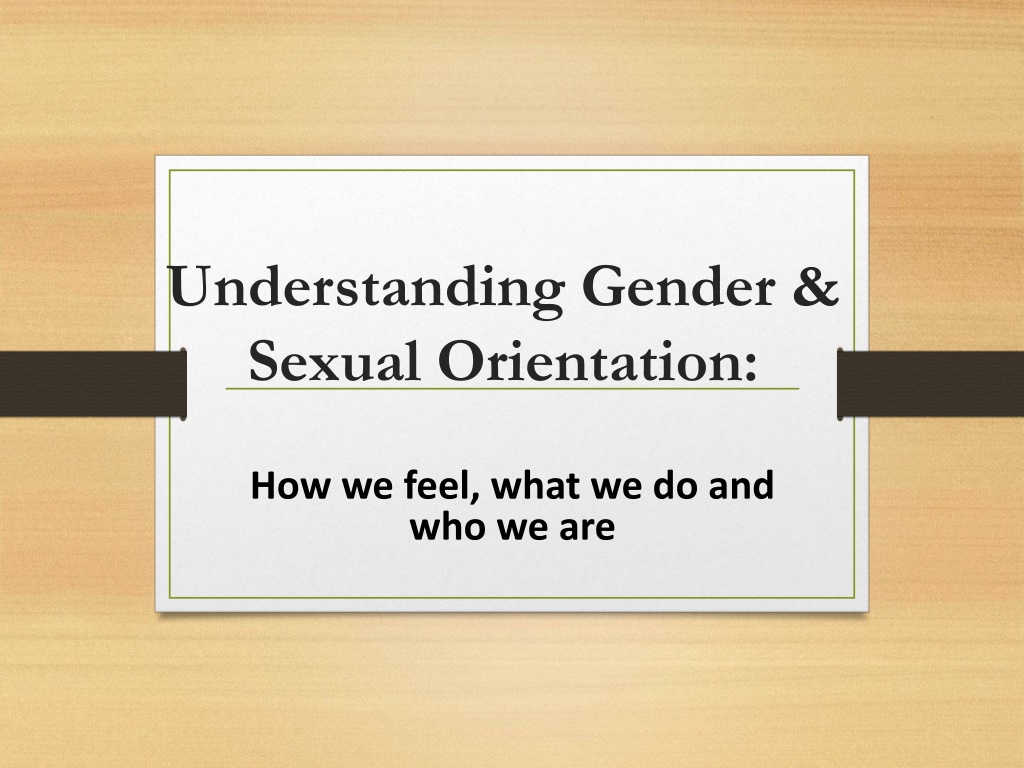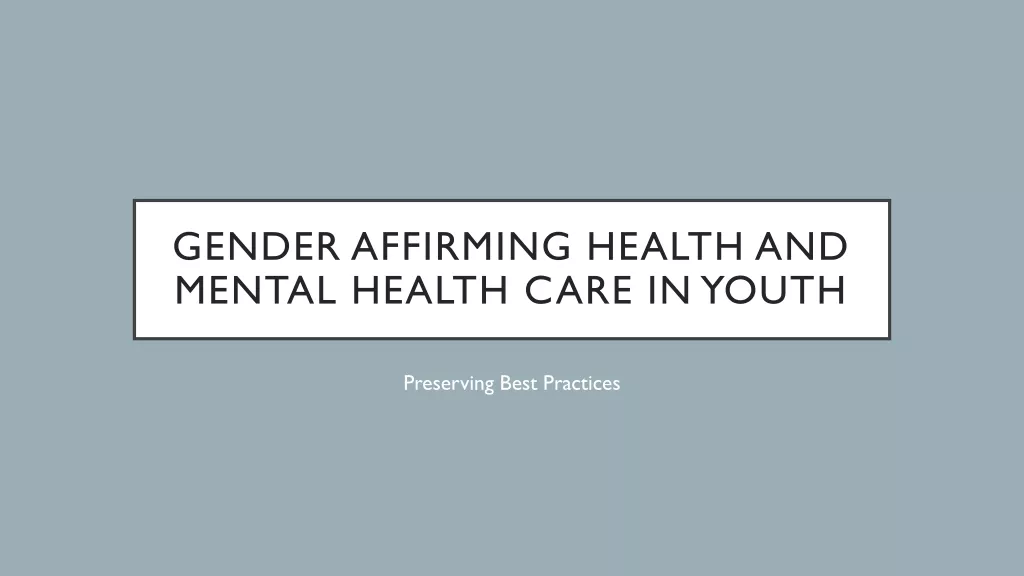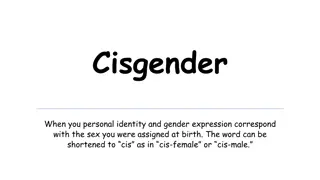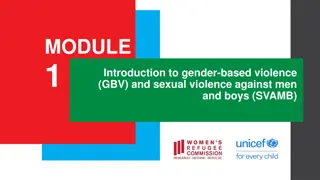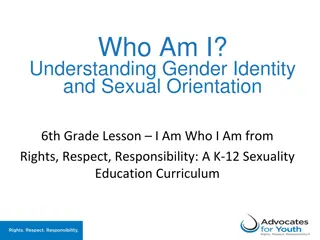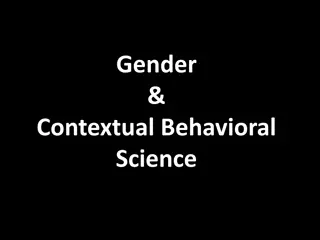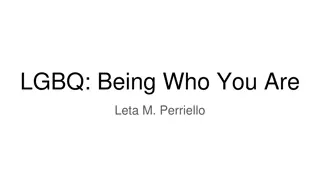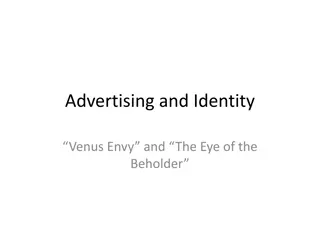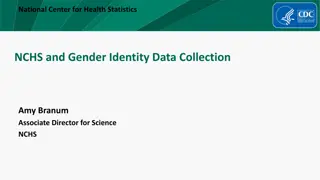Understanding Gender and Sexual Orientation: Exploring Identity and Attraction
Delve into the complexities of sexual orientation, gender identity, and attraction. Discover the nuances of orientation, behavior, and identity. Learn about various terms such as heterosexual, lesbian, gay, bisexual, queer, and more. Understand the significance of gender identity, including cisgender and transgender experiences.
Download Presentation

Please find below an Image/Link to download the presentation.
The content on the website is provided AS IS for your information and personal use only. It may not be sold, licensed, or shared on other websites without obtaining consent from the author. Download presentation by click this link. If you encounter any issues during the download, it is possible that the publisher has removed the file from their server.
E N D
Presentation Transcript
Understanding Gender & Sexual Orientation: How we feel, what we do and who we are
What is Sexual Orientation? Sexual orientation is about who you re attracted to and who you feel drawn to romantically, emotionally, and sexually. Can include more than one gender Includes love: can know one s orientation without necessarily doing something sexual with another person
What Names Do We Have
Sexual Orientation Has Three Parts To It Orientation Who we re attracted to Behavior How we behave sexually Identity What we call ourselves
In most cases, these match If I m attracted only to people of a different sex (Orientation) Chances are I ll only be sexual with people of a different sex (Behavior) Chances are I ll call myself heterosexual (Identity)
But when they dont match Identity wins. People have the right to call themselves whatever they wish even if it may not make sense to others.
Gender What does gender mean?
Cisgender A person s gender (how they feel on the inside) identity corresponds to the person s biological sex assigned at birth.
Transgender A person s gender identity (how they feel on the inside) does not correspond to the biological sex assigned at birth.
Gender Identity Is about who you ARE. how you feel inside how you express your gender through clothing, behavior, and personal appearance. It s a feeling that begins very early in life. Not who you are attracted to.
Bottom Line? No matter who you are attracted to or sexual with, you have a RESPONSIBILITY to both you and your partner to practice safer sex in order to stay healthy.
